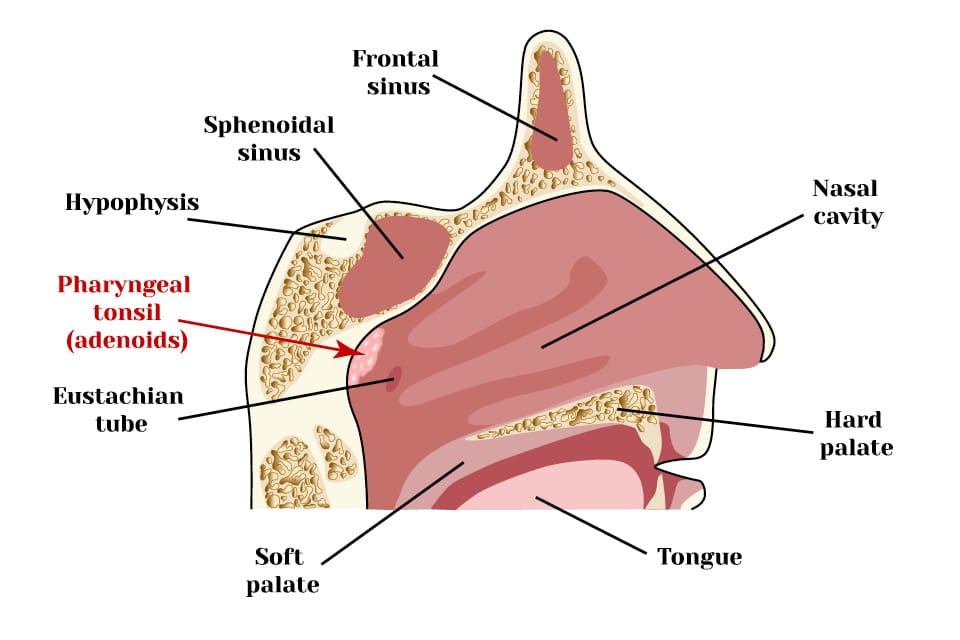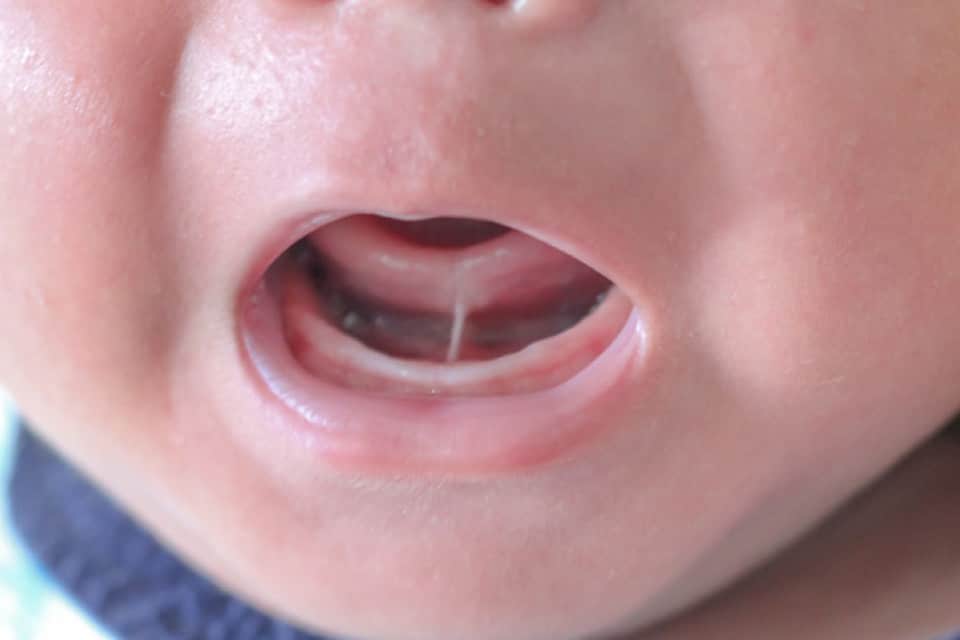PANDAS – What Every Parent Needs to Know
 What is PANDAS?
What is PANDAS?
In recent years, there has been a growing body of information and awareness among the medical community of a rare but concerning consequence of GABHS infection (a.k.a. acute tonsillitis or “strep throat”) called Pediatric Autoimmune Neuropsychiatric Disorder Associated with Streptococcal Infections, commonly referred to as PANDAS. This is a specific phenomenon that falls under the broader category of Pediatric Acute-Onset Neuropsychiatric Syndrome (PANS). Proper diagnosis is dependent on the healthcare provider’s awareness of this uncommon GABHS associated disorder, but may also be dependent on a vigilant parent seeking out specialists with knowledge and understanding of it.
“Strep throat” (acute suppurative tonsillitis) is an infection of the tonsils most frequently involving specific bacteria called Group A Beta-Hemolytic Streptococci (GABHS) that commonly results in several days of severe throat pain, fever, and painful swallowing. The tonsils of patients with a complaint of sore throat are often swabbed and tested by health care providers with a rapid strep test to identify the presence of GABHS as these infections can cause more serious health problems if left untreated. “Strep throat” is known, on occasion, to cause a body rash (scarlet fever), as well as more serious health concerns including arthritis in children, rheumatic fever which can cause lasting heart problems, and post-streptococcal glomerulonephritis which can lead to kidney failure.
PANDAS, in stark contradiction to its friendly sounding name, is yet another serious condition that can result from strep throat. It is characterized by a rapid onset of neurological and psychiatric disturbances which may include symptoms of obsessive-compulsive disorder (OCD), tic disorder, cognitive decline, increased sensory sensitivity, severe anxiety often preventing separation from parents, sleep disruption, and even uncharacteristically aggressive social behaviors. Symptoms can come on so rapidly that parents of children suffering from PANDAS will often say that their child went to bed and woke up a completely different person. Children suffering from PANDAS are often misdiagnosed with attention deficit disorder (ADD), autism, and even childhood schizophrenia while the underlying cause of the condition is not recognized.
How is PANDAS diagnosed?
PANDAS onset most frequently occurs between the ages of 4 and 7 years old, and is more common in boys than girls. The diagnostic criteria include:
- Immediate, sudden symptomatic onset
- the presence of OCD and/or tic disorder
- an association with GABHS infection verified by culture or blood test to detect evidence of current or prior infection
- pediatric onset, ages 3 until puberty
- the presence of additional neuropsychological abnormalities such as hyperactivity, separation anxiety, mood changes, bed wetting, sleep difficulties, frequent urination, cognitive decline, worsening handwriting, or aggressive behaviors
- symptoms come and go episodically with immediate severity followed by gradual improvement
How does a strep infection result in these symptoms?
The child’s immune system appropriately produces antibodies that target GABHS bacteria in response to their infection. In PANDAS, it is believed that these same antibodies also coincidentally attack and inflame a part of the brain called the basal ganglia. This part of the brain plays a role in fine-tuning voluntary muscle movements as well as regulating behavior in the context of cognition and reasoning. When this part of the brain is attacked, it’s function declines and is altered resulting in certain uncontrolled behaviors and movements.
What are the treatment options for children with PANDAS?
Fortunately, these symptoms typically improve and eventually resolve with treatment within several weeks, although complete resolution may take longer. Awareness of the diagnosis by parents and providers is therefore paramount. It is often the concerned parent doing research that uncovers the true cause for a child’s rapid change in behavior. Treatment of the initial infection typically involves antibiotics. Symptomatic treatment of associated behaviors may require a type of drug called a selective serotonin reuptake inhibitor (SSRI) which is commonly used to treat anxiety and depression. Cognitive behavioral therapy in conjunction with SSRI’s is generally effective in controlling associated neuropsychiatric symptoms. Unfortunately, for some, these symptoms can persist longer than a few weeks and PANDAS may recur with future GABHS infections. While GABHS infections in children can occur at other body locations, they most frequently occur in the tonsils.
If my child has PANDAS, should he have his tonsils removed?
Currently, childhood tonsillectomy guidelines do not recommend tonsillectomy for treatment of PANDAS alone as there is only a shallow body of research on this topic. Ongoing studies will likely provide additional clarity as to the risk versus benefit of preventative tonsillectomy following PANDAS.
Current childhood tonsillectomy guidelines recommend tonsillectomy with frequent tonsil infections and with obstructive sleep apnea. There are certain modifying factors that make tonsillectomy more reasonable such as obesity, attention deficit hyperactivity disorder, seizure disorder, strep-related kidney disorder, rheumatic fever, recurrent peritonsillar abscess, and of course PANDAS. Your ear nose and throat doctor will consider these factors in the discussion and decision-making process in the event tonsillectomy is considered for your child.



